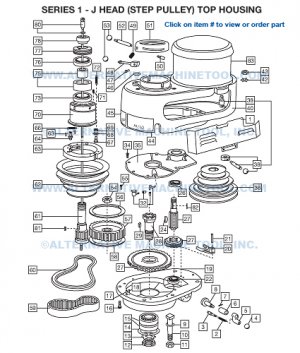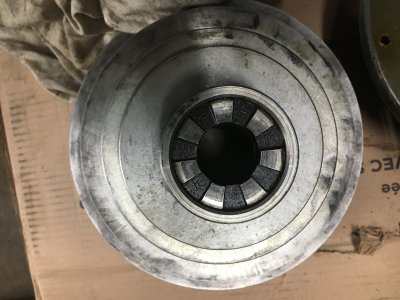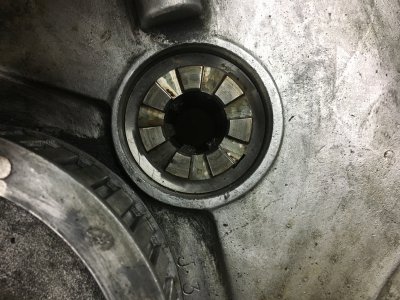- Joined
- Jul 29, 2014
- Messages
- 2,846
I watched this video, and realized that my mill sounded exactly like his, before the fix. He explained that the gears are kept slightly apart, or some such, and if you only do this thing, it will fix it. I don't completely understand what is going on precisely - maybe someday I'll have to take that part of the mill down and then check it out.
But for now, watch this video:
I took the high/low speed ring off as he described, turned it down 0.005" in the lathe, and it really did reduce the rattling sound.
Not to zero, but at least 3dB quieter.
So this is a technically valid approach and I'm just passing on that as a fact.
But for now, watch this video:
I took the high/low speed ring off as he described, turned it down 0.005" in the lathe, and it really did reduce the rattling sound.
Not to zero, but at least 3dB quieter.
So this is a technically valid approach and I'm just passing on that as a fact.



